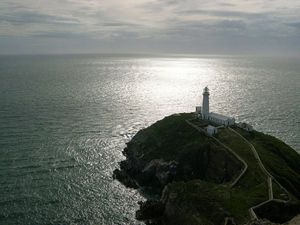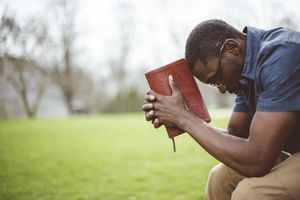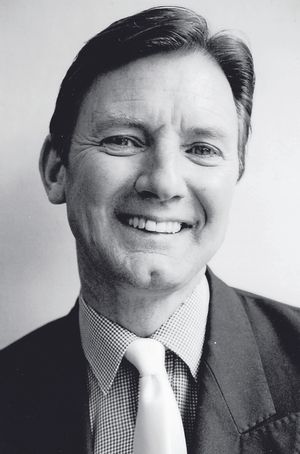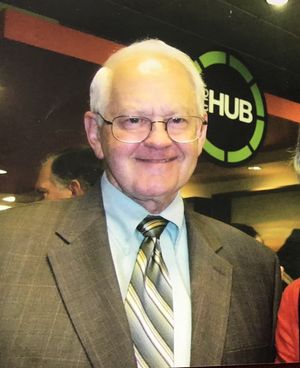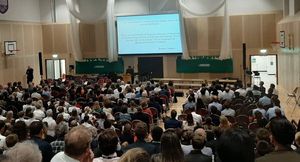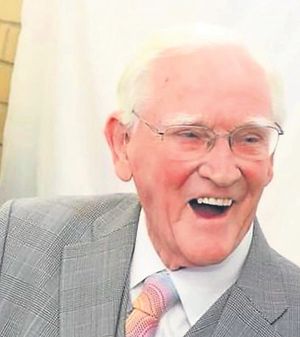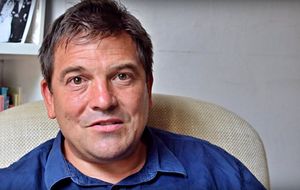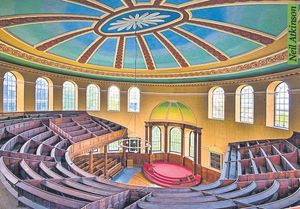There were once three ministers on an island, a Baptist, a Calvinistic Methodist, and an Independent. The island was the island of Anglesey, just off the coast of North Wales. The three men were Christmas Evans, John Elias and William Griffith.
They were the greatest preachers of their denominations in the whole country, and their ministries were largely spent on that island. Evans was there for thirty-four years, Elias for forty-two, and Griffith for fifty-nine, and for a four year period, from the year 1822, they were all working on that island together, within ten miles of one another, richly transforming Anglesey’s life for the remainder of the nineteenth century, making it a more enlightened, humane, kinder, place. In the year 1822 Christmas Evans was 56 years of age, John Elias was 48, and William Griffith was a mere 21, straight out of theological college.
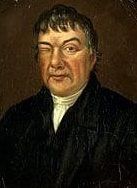
Christmas Evans
Christmas Evans was the only one of the trio to have been born in South Wales, near Llandysul, on Christmas Day 1766. He was converted when he was 17 years old. Self-taught he read everything he could lay his hands on, even learning Latin, Hebrew and Greek. He practised preaching by addressing the cows on the farm where he worked. The gift he had was soon recognized, and at 23 he was urged to go to North Wales. There he heard the Calvinistic Methodist minister Robert Roberts whose vivid sermonic style became his role model, but was taken by him to a new dimension of oratorical imagination. After two years in Caernarfonshire he went to Anglesey.
The island of Anglesey is oblong-shaped, 1ess than thirty miles in length and less than twenty miles in width. Its largest town is Holyhead which is the ferry port to Dublin. Christmas Evans landed on the island on Christmas Day 1792. His salary never rose above 40p a week (about the cost of the Evangelical Times) throughout his thirty-four years on the island. His central church was the Cildwrn Chapel in Llangefni and he inherited nine other preaching stations. His predecessor had fallen into disgrace and it was a winter season for the gospel. The island’s population was ignorant of the Bible. Illegitimacy was as high as today’s levels. Drunkenness was rife, and the rugged coastline encouraged smuggling and wrecking vessels. But Christmas Evans set to the task with his considerable energy – he was a physically strong, tall man. He divided the island into four districts and untiringly visited and preached everywhere. Days of fasting and prayer were commenced. At the turn of the century the dawn began to break on the ‘Dark Isle’.
By the year 1822 there were twenty-one Reformed Baptist churches on Anglesey, and twenty-eight men had begun to preach. In an awakening in the years 1814 and 1815, 600 people were added to the churches. It fell to Christmas Evans to ride to congregations throughout Wales to raise money for the building of the new chapels that were needed.
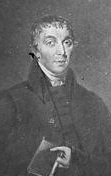
John Elias
Though Christmas Evans was a great preacher, John Elias was greater. His theology was more consistent, and the grip he kept on his imagination was firmer. No orator in Wales could be compared to him. He arrived on Anglesey seven years after Christmas Evans and settled twelve miles from the Baptist at the northern end of the island in Llanfechell where he preached for thirty-one years. But after Evans had left Anglesey in the year 1826 John Elias’s wife died and in 1830 Elias moved to Evans’ town of Llangefni because that was the home of his second wife. There he also pastored a congregation for the final eleven years of his life. Christmas Evans often heard him preach with much appreciation, noting on one occasion to Edward Morgan how Elias had learned to regulate his voice in addressing his vast open-air congregations (John Elias, Life and Letters, p.ll2, Banner of Truth).
John Elias was an extraordinarily courageous preacher. He took on the fairs with their drunkenness and cock-fighting, especially when they were on the Lord’s Day. He set up his pulpit in the midst of the crowds and addressed the sins plainly visible. Often his life was in danger. But Elias never feared a man, and the public degradation steadily disappeared from the island. He was the most divinely-used evangelist in Wales. David Charles once said of him: ‘In all my journeys through Wales I have never heard of any other preacher whose ministry has been so widely blessed to the conversion of sinners as that of John Elias. Almost in every neighbourhood, village and town, some persons may be met who ascribe their conversion to impressions received under one of his sermons.’
When he had been on Anglesey forty years he could talk of the changes that he had witnessed: ‘Great multitudes flock to hear the Word; the number of professors has greatly multiplied; many large and convenient places of worship have been built. About forty-four chapels have been built within the last forty years, some of them very spacious. The Sunday schools are numerous.’
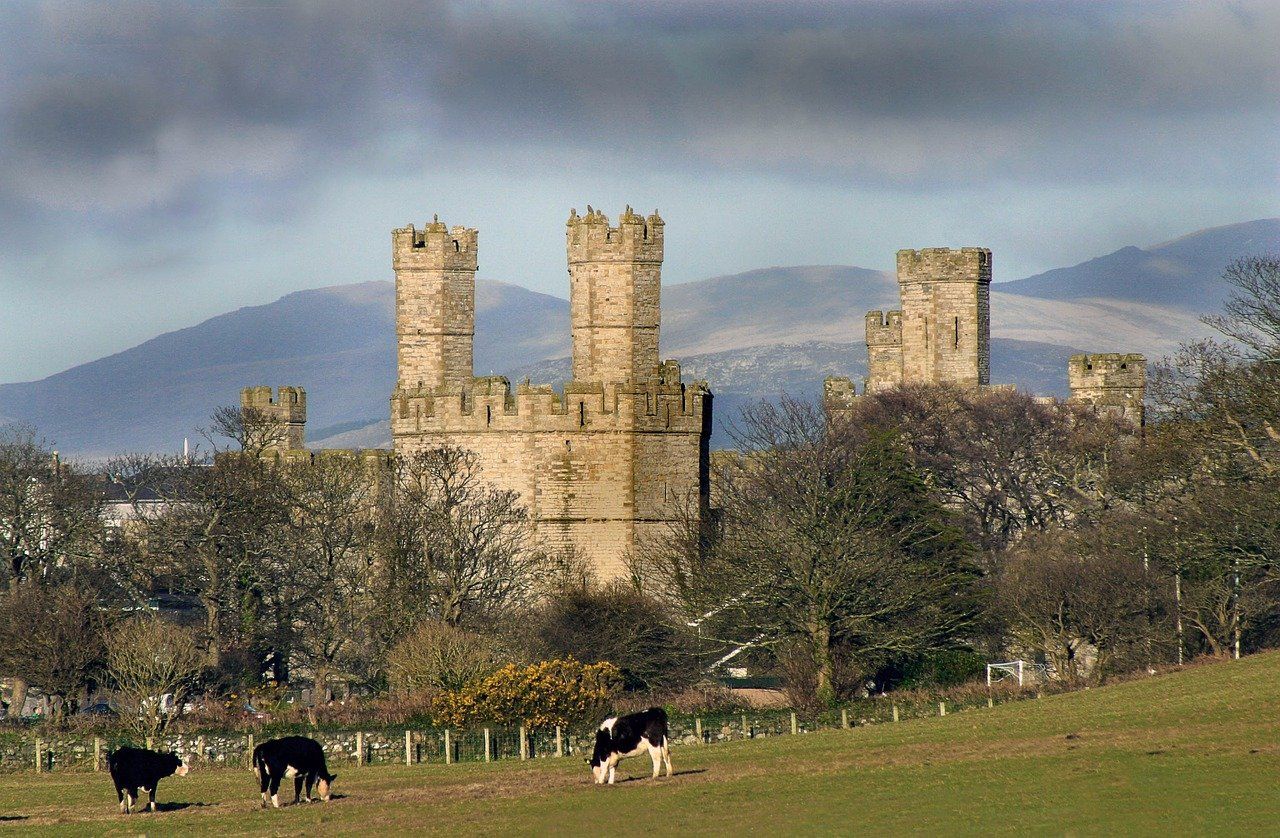
William Griffith
William Griffith was the son of John Griffith, an Independent minister in Caernarfon, and was born in 1801. John was that very man who kept a large congregation waiting until a servant was sent to bring him. The servant returned saying she had heard him talking in his room saying, ‘I will not go unless thou wilt come with me.’ Her master responded, ‘He will come, and I warrant the other one will come too, if matters are as you say between them. So we had better begin by singing and reading until the two come.’
William and his brother studied in a school for Congregational ministers’ sons in London and then in Carmarthen Theological College. While in London in 1812 he was converted in unusual circumstances. He had set out to Walworth to worship but found the chapel closed, so he went into another church in the the wound that I found no rest till I knew the Judge as my Saviour.’ Bunyan’s Come and welcome to Jesus was helpful too. Griffith’s hero was William Jay of Bath.
One besetting weakness of his student days was that he was given to uncontrollable bouts of laughter. His father warned him frequently about this and he eventually mastered the habit. Later he could advise a young man who was also liable to those fits, ‘If you feel inclined to laugh when in the pulpit think of the screws of your own coffin.’
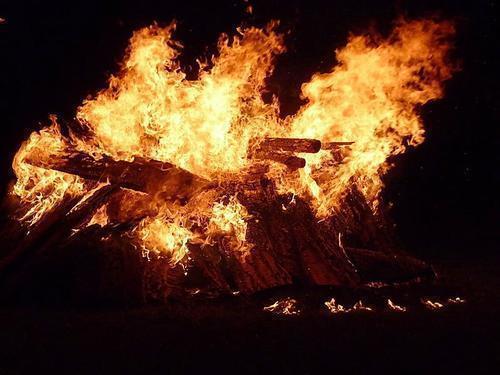
When he was 18 years old his father died and he occupied his father’s pulpit for six months, during which time there was a considerable awakening which his father had not experienced. He asked John Elias to come and preach there. Elias preached on Jeremiah 23:29: ‘Is not my word like as a fire? saith the Lord: and like a hammer that breaketh the rock in pieces?’ William Griffith always remembered that sermon: ‘Referring to my father’s death, he said that many a good and faithful old servant had spent his strength in boring the rock, and had descended into the grave before the blasting thereof: but that subsequently the Lord had made use of a small boy to apply the fuse to the powder, and that in consequence the powers of the world to come were felt. Other men laboured, and ye are entered into their labours.’
During his last year at Carmarthen College two churches extended a call to William Griffith. One was a large thriving work, while the other was in Holyhead on Anglesey. It consisted of thirteen members, six men and seven women. William was in a dilemma which to accept. He finally wrote an identical letter accepting them both, and put them both in his pocket, shuffling them incessantly as he walked to the post office. Then without looking he posted one. Some time later he took out the remaining letter and discovered that he had accepted the call to Holyhead. He panicked, telling a friend that he must get the letter back. That proved impossible, so to Anglesey he went.
From Carmarthen Griffith sailed to Holyhead via Dublin in Aug 1822, and found peace in the first text he chose to preach to his thirteen members, Acts 18:9-10: ‘Be not afraid, but speak, and hold not thy peace: for I am with thee, and no man shall set on thee to hurt thee; for I have much people in this city.’ He remained their pastor for fifty-nine years.
The congregation was meeting in a room called ‘The Old Parlours’ – two front rooms knocked into one. Within two years of his arrival a new chapel had to be built which was given the name Tabernacle. Many new members were received. Further spurts of growth took place in 1832 and 1840. But in 1859 there was a remarkable expansion of God’s kingdom in Holyhead. The membership of the church doubled from 350 to 700. So in 1866 another new building was erected, and a daughter church planted.
When William Griffith came to Anglesey there were just eleven independent chapels on the island. After he had been there for fifty years there were thirty-nine, and the sum of five ministers had increased to twenty-one. Griffith’s life centred on his Saviour, in fact John Elias said of him that he never met him without seeing Jesus Christ in his eyes.

Conclusion
These three men were preachers on the island of Anglesey over a ninety year period, though just for four years were they all serving Christ there together. They came to an island which was in many ways a microcosm of Wales, ignorant and carnal.
With extraordinary courage these three ministers were always prepared to preach the Word of God to everybody in season and out of season, and the result was a transformation of Anglesey, the establishment of eighty-four churches and the raising up of over fifty ministers of the gospel. They respected one another, though they were of different denominations, because they all believed that salvation was a work of God’s grace alone.
The convictions and methods that characterized Evans, Elias and Griffith to magnify that grace are ours today. In 1995 in Llangefni, in Christmas Evans’ old chapel building, Capel Cildwrn Evangelical Church meets, pastored by Hywel Davies. Today the Associating evangelical Churches of Wales have over fifty congregations displaying that same transdenominational affection shown on Anglesey last century. Eleven of these churches subscribe to the 1689 London Baptist Confession of Faith. Seven subscribe to the 1823 Calvinistic Methodist Confession of Faith. Three subscribe to the Westminster Confession, and three to the Savoy Confession of Faith of the Congregationalists. The difference between our times and the years in which Elias, Evans and Griffith ministered is evident. Through the outpouring of the Holy Spirit and by their courageous initiative they succeeded in planting more churches in the single county of Anglesey than we have in all the counties of Wales. This fact must be taken constantly to our own consciences and to our God.

